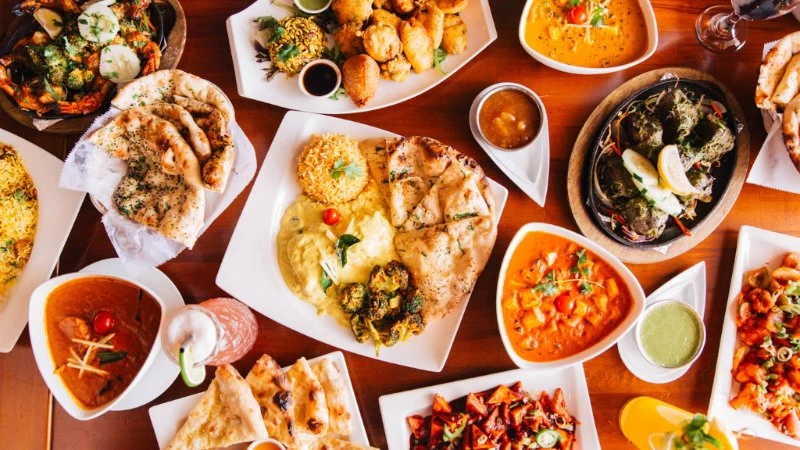
How Indian Restaurants Are Highlighting Regional Spice Blends
- Introduction to Regional Spice Blends in Indian Cuisine
- The Role of Spice Blends in Regional Indian Dishes
- Notable Indian Spice Blends and Their Origins
- How Indian Restaurants Are Showcasing Regional Flavors
- Explore Indian Spice Blends with Dine Droop
Indian cuisine is known for its bold, aromatic flavors, with spices playing a central role in the creation of each dish. Across India, every region has its own unique blend of spices, which can transform a simple meal into an extraordinary culinary experience. In recent years, Indian restaurants across the U.S. have begun to highlight these regional spice blends, allowing diners to experience the authentic and diverse flavors that define Indian food. This article explores the significance of regional spice blends in Indian cuisine and how restaurants are incorporating them into their menus.

Mimoza Restaurant & Lounge / mimoza restaurant & lounge
36-05 30th Ave., Astoria, NY 11103, USA
1. Introduction to Regional Spice Blends in Indian Cuisine
Spices are the heart and soul of Indian cooking, and each region has developed its own distinct spice blends over centuries. These blends, often passed down through generations, are used to create the characteristic flavors of regional dishes. From the fiery heat of southern Indian curry powders to the rich, complex masalas of northern India, regional spice blends provide the foundation for Indian cuisine's diverse range of flavors.
Unlike many other culinary traditions, Indian cooking doesn't rely on one or two key spices, but instead uses an array of ingredients to create balanced, nuanced flavors. Spices like cumin, coriander, turmeric, and cardamom are staples, but the specific combinations and proportions of these spices vary by region, reflecting the local climate, culture, and history.
2. The Role of Spice Blends in Regional Indian Dishes
Regional spice blends are not just about heat—they are about depth and complexity. In the south of India, for example, curry powders might incorporate ingredients like curry leaves, mustard seeds, and dried red chilies to create bold and spicy dishes like Chettinad chicken curry. In contrast, northern India often uses garam masala, a blend of warm spices like cinnamon, cloves, and cardamom, to enhance the richness of gravies and tandoori dishes.
Indian chefs often use these blends in layers—sometimes marinating meat or vegetables in a mixture of spices, then adding more during cooking to enhance the flavor profile. This careful layering of spices creates the depth and complexity that Indian cuisine is so well-known for. Spice blends are also essential in balancing other flavors, such as sweetness, sourness, and bitterness, making them an indispensable part of every regional dish.
3. Notable Indian Spice Blends and Their Origins
Here are some of the most iconic regional spice blends used in Indian cuisine, each with its unique flavor profile and cultural significance:
Garam Masala: This blend is perhaps the most famous of all Indian spice mixes, originating in northern India. It typically includes spices like cinnamon, cardamom, cumin, cloves, and nutmeg. Garam masala is used in a wide variety of dishes, including curries, stews, and soups, and is often added at the end of cooking to preserve its fragrant oils.
Chaat Masala: Commonly used in street food throughout India, chaat masala is a tangy, slightly sour blend that includes ingredients like black salt, cumin, and amchur (dried mango powder). It is sprinkled over chaat (Indian snacks like bhel puri and pani puri), but can also be used to flavor salads, fruits, and even drinks like lemonade.
Chettinad Masala: Originating in the Chettinad region of Tamil Nadu, this spice blend is known for its deep, smoky flavor. It often includes dry-roasted spices like cumin, coriander, and fennel, along with a variety of dried chilies. The blend is used in a wide range of Chettinad dishes, from chicken and mutton curries to rice-based dishes like biryani.
Panch Phoron: This Bengali spice mix consists of five whole spices: mustard seeds, fennel seeds, fenugreek seeds, cumin seeds, and black cumin seeds. The blend is used primarily in Bengali cooking to flavor dals, vegetable dishes, and pickles.
4. How Indian Restaurants Are Showcasing Regional Flavors
As the demand for authentic and diverse Indian food has grown in the United States, many Indian restaurants are now highlighting regional spice blends on their menus. These restaurants are offering diners the opportunity to experience the full spectrum of Indian cuisine, showcasing the distinct spices and cooking methods that define each region.
Restaurants are also introducing regional dishes that were once obscure to American palates. For instance, southern Indian restaurants are focusing on dishes like dosa and idli, often served with a variety of chutneys and sambar that showcase the unique spice blends of Tamil Nadu or Kerala. Meanwhile, places that serve Punjabi food are offering rich, spiced gravies and tandoori meats that use garam masala as a base.
Many restaurants are also experimenting with fusion dishes that combine regional spice blends with American ingredients. This fusion creates exciting new flavor profiles and introduces diners to the versatility of Indian spices. For example, some restaurants are offering chicken tikka tacos, which combine the smoky heat of Punjabi tikka with the freshness of a Mexican taco.
5. Explore Indian Spice Blends with Dine Droop
If you’re looking to bring the authentic taste of India to your kitchen, Dine Droop offers a wide selection of high-quality Indian spices and spice blends. From the rich flavors of garam masala to the tangy notes of chaat masala, our curated selection allows you to experiment with the same blends used by chefs across India’s diverse regions.
Visit Dine Droop today to explore the world of Indian spices and take your cooking to the next level with authentic regional blends!


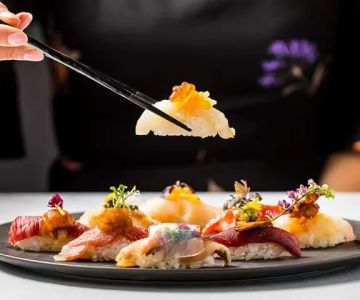
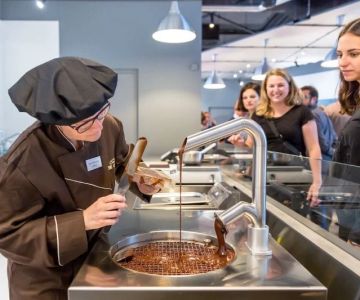

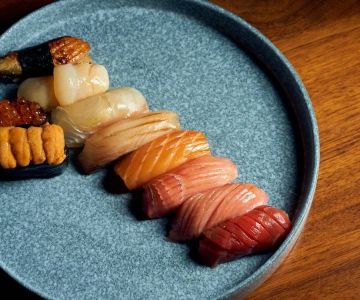
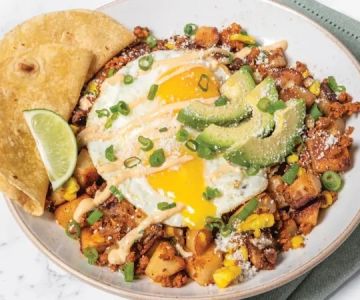

 Bagelry3.0 (209 reviews)
Bagelry3.0 (209 reviews) Garden City Deli4.0 (66 reviews)
Garden City Deli4.0 (66 reviews) Lourdes Mexican Grill4.0 (111 reviews)
Lourdes Mexican Grill4.0 (111 reviews) Midtown Cheesesteak Co4.0 (16 reviews)
Midtown Cheesesteak Co4.0 (16 reviews) West End Deli And Pizza4.0 (141 reviews)
West End Deli And Pizza4.0 (141 reviews) Chicken & Pizza Fa Bene5.0 (21 reviews)
Chicken & Pizza Fa Bene5.0 (21 reviews) How Wine Bars Are Becoming Popular Nighttime Destinations
How Wine Bars Are Becoming Popular Nighttime Destinations Discovering Pizza Restaurants That Offer Signature Craft Pizzas
Discovering Pizza Restaurants That Offer Signature Craft Pizzas How Coffee Shops Are Curating Specialty Beans From Around the World
How Coffee Shops Are Curating Specialty Beans From Around the World How Breakfast Restaurants Are Reinventing Classics With International Flavors
How Breakfast Restaurants Are Reinventing Classics With International Flavors Exploring Brunch Restaurants That Offer Unique Brunch Bowls and Pancakes | Dine Droop
Exploring Brunch Restaurants That Offer Unique Brunch Bowls and Pancakes | Dine Droop Discovering Sushi Restaurants That Focus on Ethical and Sustainable Sourcing
Discovering Sushi Restaurants That Focus on Ethical and Sustainable Sourcing